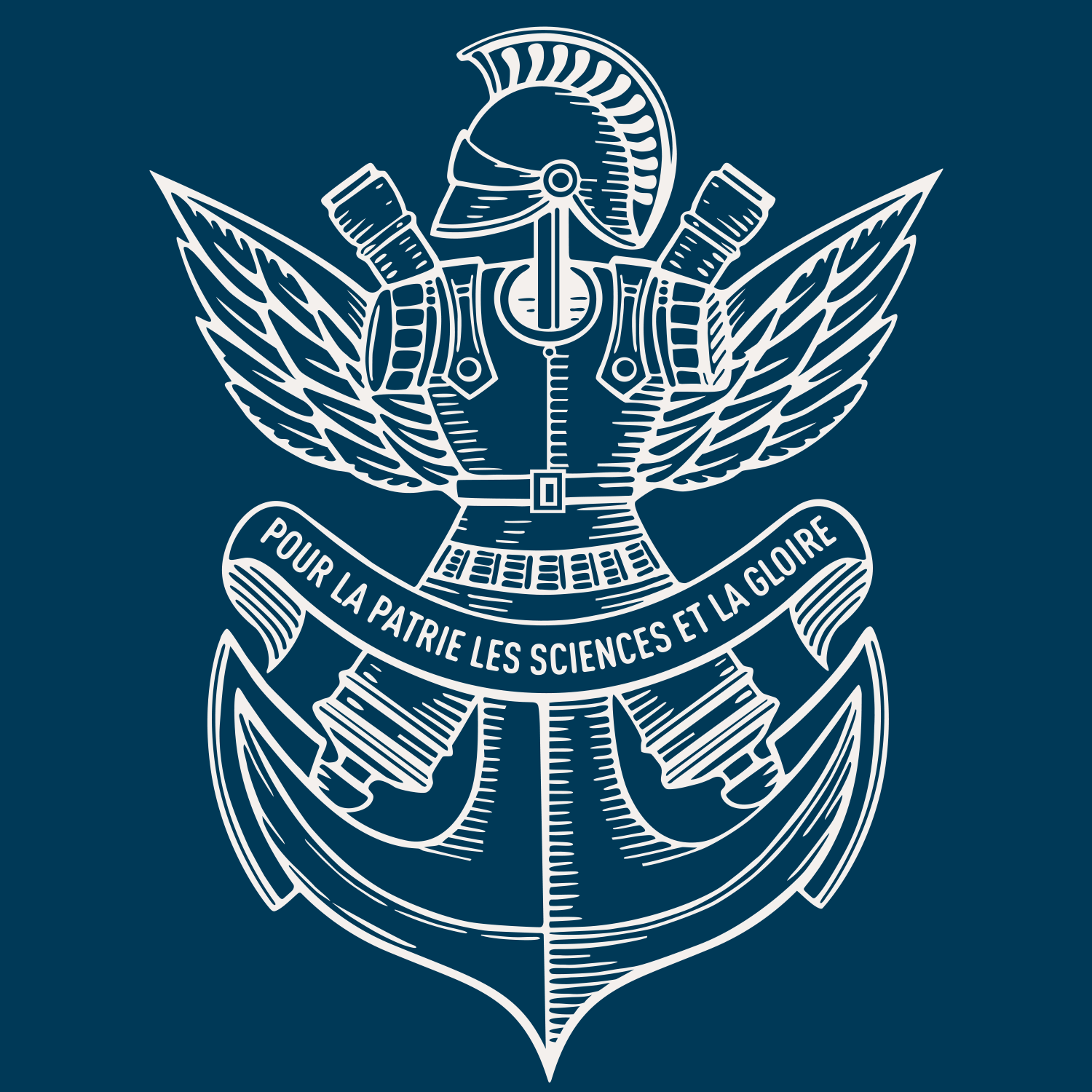Mechanically-grown morphogenesis of Voronoi-type materials: Computer design, 3D-printing and experiments
Résumé
The present work introduces a novel and versatile computer-design and experimental strategy to obtain random Voronoi-type geometries, called M-Voronoi (from mechanically grown), with smooth void shapes and variable intervoid ligament sizes that can reach very low relative densities. This is achieved via a numerical, large strain, nonlinear elastic, void growth mechanical process. Originally small circular voids embedded in a cell of arbitrary shape (triangle, circle, rectangle, trapezoid) grow when subjected to displacement (Dirichlet) boundary conditions. The deformed voids evolve into smooth Voronoi-type geometrical shapes leading to macroscopic isotropy or anisotropy depending on the prescribed boundary conditions. The void growth process is a direct consequence of mass conservation and the incompressibility of the surrounding nonlinear elastic matrix phase and the final achieved relative density may be analytically estimated in terms of the determinant of the applied deformation gradient. In order to study the mechanical properties of the M-Voronoi materials, we focus on two-dimensional porous polymer square representative isotropic and anisotropic geometries in terms of void size and realization, which are 3D-printed and experimentally tested under uniaxial compression. For comparison, we also test random polydisperse porous materials with circular voids, standard eroded Voronoi geometries and hexagonal honeycombs. The first two are also isotropic while the latter are only isotropic in the linear elastic regime. We show that the randomness of the M-Voronoi geometry and their non-uniform intervoid ligament size leads to enhanced mechanical properties at large compressive strains with no apparent peak-stress and strong hardening well before densification. By comparing them with the hexagonal geometries, which tend to exhibit a peak-stress and a plateau-type response, we show that the hardening response of the M-Voronoi is mainly due to their geometrical characteristics and less due to the polymer hardening response. Anisotropic M-Voronoi are also produced and tested indicating that anisotropy only 1 enhances the initial stiffness along the longitudinal direction but instead leads to lower buckling loads and hardening rates than the corresponding isotropic M-Voronoi in the nonlinear regime.
| Origine | Fichiers produits par l'(les) auteur(s) |
|---|

